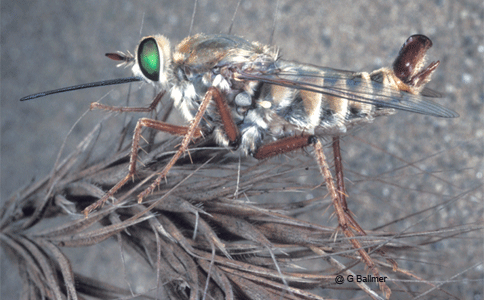Home

.jpg)



























ENT 250 Seminars
Location: Eng II, Room 138
Date: January 19, 2008
Speaker: HOLIDAY - No seminar
Title:
Host:
Date: January 26, 2009
Speaker: Elaine Backus, USDA-ARS, Kearney Agricultural Reserch Center, Parlier, California
Title: Transmission mechanisms of Xylella fastidiosa by the glassy-winged sharpshooter, and implications for disease epidemiology
Host: Dr. Greg Walker (951) 827-5808
Entomology in the News
-
Cooperative Extension Specialist Beth Grafton-Cardwell is interviewed concerning citrus "greening" details...
-
Entomologist J. Daniel Hare and Cooperative Extension Specialist Marshall Johnson among those named Fellows of the American Association for the Advancement of Science (AAAS) for 2008 details
-
UCR Linnaean Team wins national championship details...
-
Professor Kirk Visscher and David Tanner research "waggle dance" of bees details...
-
Professor Bill Walton uses arroyo chub to control mosquitoes details...

